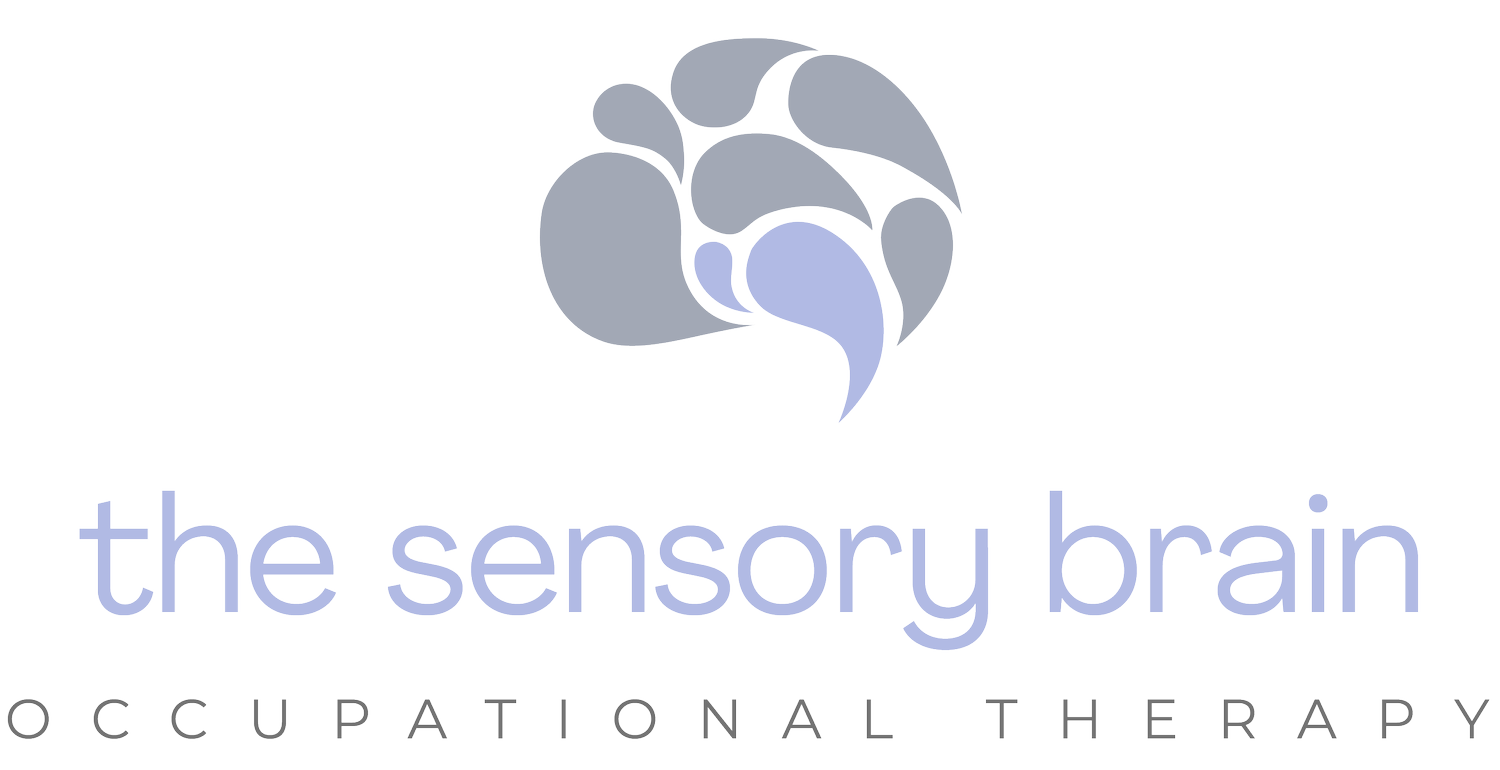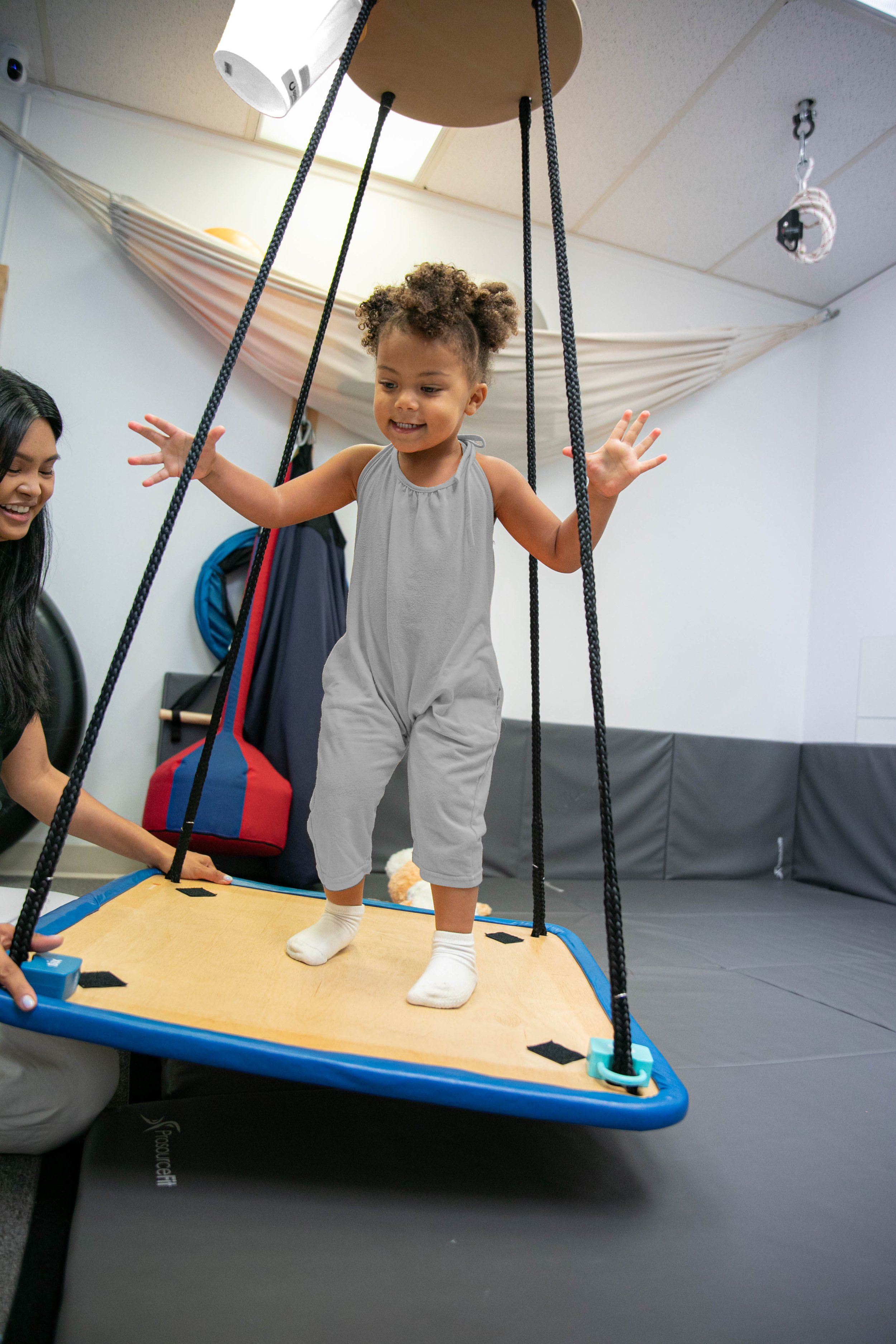
What is Sensory Integration?
PERFORMANCE CHALLENGES DUE TO SENSORY PROCESSING DIFFERENCES
Some individuals have difficulties performing tasks and activities secondary to sensory processing differences. Some brains don’t receive, organize, modulate, and interpret sensory information from their bodies and or from their environment. The integration of these processes influence skill development, emotional regulation, and coordination.
Did you know there are 8 different sensory systems in our bodies?!
When one is impacted, it affects the others.
Do you know your sensory systems?
-

VISUAL
Seeings and discriminating between objects, colors, and shapes. Vision is not only visual perception but also part of visual-motor integration. Visual-motor integration and motor skills allow our eyes and hands to move in a coordinated and efficient way.
-

AUDITORY
Hearing sounds and detecting the location of where sound is originating. Difficulties responding to their name, missing parts of the conversation, and hypersensitive to sounds that we habituate is indicative of auditory processing differences.
-

TACTILE
Our sense of touch through the hands, body, and orally. Some people are hypersensitive to touch from others, their clothes, and others. Some individual/s don’t register touch right away, which then impacts body awareness.
-

PROPRIOCEPTION
Proprioception: Input from our muscles, joints, and tendons help with awareness of body position. It helps support motor control, motor planning, and influences arousal level and regulation.
-

VESTIBULAR
The awareness of balance and movement. It is the sense that informs us about the quality of the movement in relation to gravity. Individual/s who have trouble timing their movements, fall because of poor postural reactions, and hand-eye coordination to name a few are related to vestibular processing.
-

INTEROCEPTION
Awareness of physiological needs: Noticing when your body needs to use the restroom and feels tired, hungry, cold, hot, or in pain. Difficulty with this results in self-regulation challenges.


